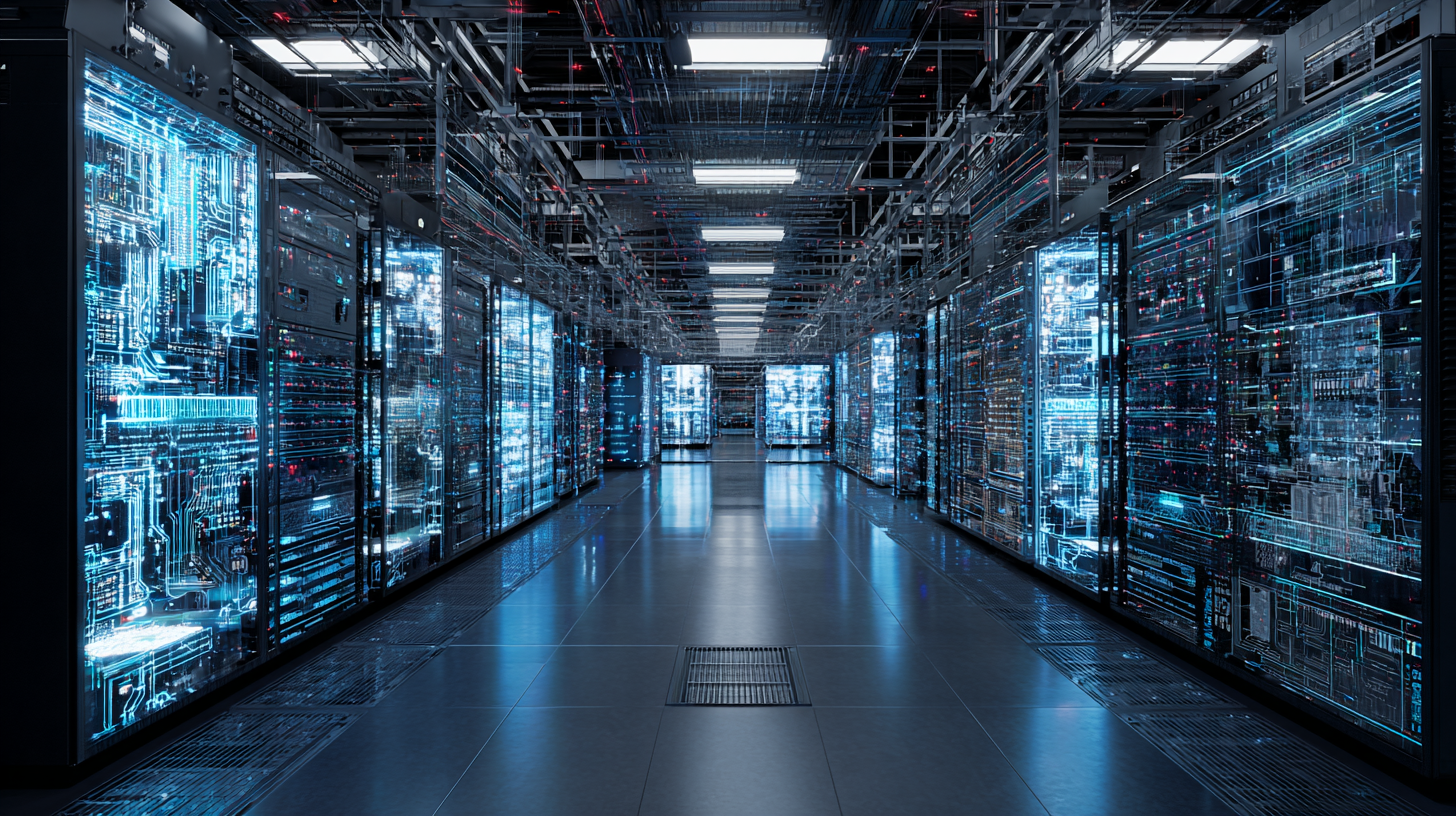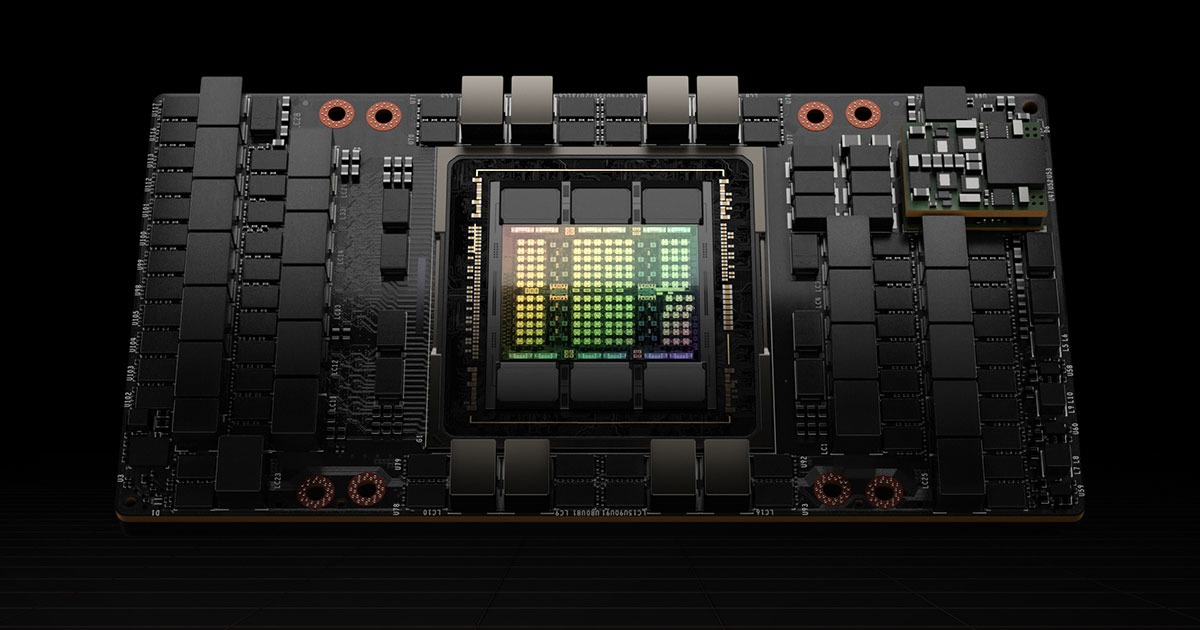
Meta and Amazon Take Opposite Paths on $210 Billion AI Infrastructure Accounting as Profit Impact Reaches Billions
Tech Giants Split on AI Hardware Accounting as Billions in Profits Hang in Balance
SAN FRANCISCO — A fundamental disagreement over how long artificial intelligence hardware remains economically useful is creating a multi-billion-dollar divide in how America's largest technology companies report their financial performance, with Meta and Amazon pursuing diametrically opposite accounting strategies that could reshape investor perceptions of the AI infrastructure boom.

The accounting battle centers on depreciation schedules—the number of years over which companies spread the cost of their capital investments. While this may sound like an arcane bookkeeping detail, the stakes are enormous: different depreciation approaches can swing reported profits by billions of dollars annually, potentially masking or revealing the true economics of the estimated $100 billion that tech companies are spending on AI infrastructure in 2025 alone.
A depreciation schedule is an accounting table that charts the depreciation expense for a capital expenditure over its useful life. This schedule uses a specific calculation method, such as straight-line depreciation, to systematically allocate the asset's cost over time.
At the heart of the dispute lies a critical question about graphics processing units (GPUs), the specialized computer chips that power artificial intelligence systems. These chips represent the most expensive component of AI infrastructure, with cutting-edge systems costing hundreds of thousands of dollars each. How long they remain competitively viable determines whether companies' current profit reports accurately reflect their true financial performance.

The Chanos Challenge: Are Meta's Profits Real?
The accounting controversy gained prominence when prominent short-seller Jim Chanos publicly questioned Meta's financial reporting practices. Chanos alleged that Meta is using an 11-12 year depreciation schedule for its capital assets—based on a $210 billion capital base as of June 30, 2025—despite the possibility that its GPUs may only remain economically useful for 2-3 years due to rapid technological advancement.
A short seller is an investor who borrows a stock and immediately sells it, betting that its price will fall. The goal is to repurchase the stock at a lower price in the future to return to the lender, profiting from the price difference. Prominent investors, such as Jim Chanos, have become famous for using this strategy to bet against companies they believe are overvalued.
If Chanos's assessment proves correct, Meta's reported net income figures could be significantly overstated, as the company would be spreading costs over a much longer period than the assets actually generate competitive returns.
The financial implications are staggering. Barclays analyst Ross Sandler estimates that if GPU useful life is shortened by even a single year, it could raise depreciation expense by roughly $5 billion for Meta, reducing operating income by a similar amount in 2026. This represents a potential earnings impact that could fundamentally alter how investors value the company.
Did you know that Meta Platforms' annual capital expenditures have surged dramatically in recent years, skyrocketing from around $15 billion in 2020 to an estimated $68–72 billion in 2025? This massive investment spike is fueled by Meta’s aggressive push to build AI infrastructure and expand data centers, making it one of the biggest spenders on technology infrastructure globally. The unprecedented CapEx growth—more than doubling in just a few years—also reflects rising hardware costs, supply chain challenges, and tariffs, highlighting Meta’s commitment to leading the AI revolution through substantial infrastructure investment.
Meta's approach reflects a broader industry trend that has developed over the past several years. The company, along with its peers, has gradually extended depreciation schedules for servers and network equipment. Assets that were once depreciated over approximately three years now have schedules extending to 5-6 years or longer. Companies justify these extensions by citing operational efficiencies and longer hardware lifespans, but the rapid pace of GPU innovation raises questions about whether these assumptions align with economic reality.
Amazon's Conservative Pivot: Shorter Lives, Lower Profits
Amazon has taken a markedly different approach, choosing to absorb immediate financial pain in exchange for what management views as more realistic asset accounting. Effective January 1, 2025, Amazon reduced the estimated useful life of a subset of its servers and networking equipment from six years to five years, attributing the change to the increased pace of technological development, especially around artificial intelligence and machine learning.
The financial impact of Amazon's decision was immediate and substantial. The shorter depreciation schedule led to an estimated increase in depreciation and amortization expense of $217 million in the first quarter of 2025, resulting in a reduction of net income by $162 million—approximately $0.02 per share. The impact was concentrated primarily in Amazon's Amazon Web Services (AWS) cloud computing division, where most of the company's AI infrastructure resides.
Beyond the depreciation schedule change, Amazon took even more aggressive action by early-retiring some servers and networking equipment that had not yet reached the end of their scheduled useful lives. This decision resulted in a significant one-time accelerated depreciation charge of $920 million in the fourth quarter of 2024. Management expects this early retirement program to further reduce operating income in 2025 by approximately $600 million.
The scale of Amazon's accounting conservatism becomes clear when examining the broader financial impact. Company management has guided that the depreciation schedule change alone could reduce operating income by around $700 million in 2025, while the early retirement charges add another $600 million in headwinds.
A Historical Pattern of Extensions and Reversals
Amazon's current conservative stance represents a notable reversal from recent industry trends. Prior to the 2025 changes, Amazon had actually extended the useful life of servers from five to six years in early 2024, citing improvements in hardware reliability, software efficiency, and data center operations. This extension helped reduce depreciation expenses and boost net income at the time.
The pattern of extensions goes back even further. In 2020, Amazon extended server depreciation from three to four years, then subsequently to five years, along with similar adjustments for networking equipment. These moves mirrored broader industry practices as technology companies sought to optimize reported earnings during periods of massive infrastructure investment.
The reversal in 2025 therefore represents more than a simple accounting adjustment—it signals management's belief that the technological landscape has fundamentally shifted, with AI-driven innovation accelerating hardware obsolescence beyond previous assumptions.
Industry-Wide Divergence Emerges
The Meta-Amazon split reflects a broader divergence emerging across the technology sector. While Amazon has moved toward shorter depreciation schedules, other major companies have continued extending useful life assumptions. Meta, in January 2025, actually extended the useful life for certain servers and network equipment to 5.5 years, lowering its 2025 depreciation and amortization expense by approximately $2.9 billion—creating an earnings tailwind that directly contrasts with Amazon's headwinds.
Comparison of server depreciation schedules (useful life in years) for major tech companies like Amazon, Meta, Alphabet, and Microsoft.
| Company | Server Depreciation (Years) |
|---|---|
| Alphabet (Google) | 6 |
| Microsoft | 6 |
| Meta | 5.5 |
| Amazon | 5 to 6 |
Similarly, Alphabet and Microsoft have extended server depreciation schedules to six years in recent periods, aligning more closely with Meta's approach than Amazon's newly conservative stance. This creates a significant disparity in how economically similar assets are being treated across company financial statements.
The AWS segment of Amazon's business illustrates the magnitude of these differences. AWS depreciation and amortization expenses jumped from $2.84 billion in the first quarter of 2024 to $4.39 billion in the first quarter of 2025, reflecting both the depreciation schedule changes and a much larger asset base driven by massive AI infrastructure investments.
Quarterly depreciation expenses for Amazon Web Services (AWS) showing the recent increase due to accounting changes and investment.
| Quarter | AWS Operating Income (in billions) |
|---|---|
| Q2 2025 | $10.2 |
| Q1 2025 | $11.5 |
| Q4 2024 | $10.6 |
Cash Flow Versus Earnings: Different Metrics, Different Stories
While depreciation schedule differences create significant variations in reported earnings, they have no impact on actual cash flows, since depreciation is a non-cash accounting entry. This distinction is crucial for understanding how different investor bases react to these accounting choices.
Amazon's investor community has historically focused heavily on cash flow metrics rather than traditional earnings measures, making the company's willingness to absorb near-term earnings pressure more palatable. The company's free cash flow performance and capital allocation efficiency remain the primary drivers of investor sentiment, allowing management to prioritize accounting conservatism without significant market penalty.
Meta's situation differs significantly. The company's premium valuation has been built largely on earnings growth metrics and profit margins, making depreciation-driven earnings enhancement more valuable for maintaining investor confidence and stock price momentum.
The tax implications add another layer of complexity to these decisions. While book depreciation schedules affect reported earnings, they operate independently of tax depreciation, which is governed by federal tax policy. Current bonus depreciation provisions allow companies to accelerate tax benefits regardless of their book accounting choices, meaning Amazon's conservative book approach doesn't necessarily penalize cash tax efficiency.
The GPU Obsolescence Question
At the core of this accounting debate lies uncertainty about the competitive lifespan of GPU technology in an era of unprecedented innovation. The rapid progression from NVIDIA's Hopper architecture to its newer Blackwell chips illustrates the challenge facing technology companies: while the physical hardware may function reliably for many years, its competitive advantages may evaporate much more quickly.

This creates a fundamental tension between traditional depreciation frameworks, which are designed around physical asset deterioration, and the economic reality of technology assets, where competitive obsolescence often occurs well before physical failure.
Business Insider reports that Amazon has already shortened its depreciation schedule and taken early retirement charges, leading to substantial hits to profits, with analysts expecting similar moves from Meta and other hyperscalers as the true economic life of AI hardware becomes clearer.
The challenge is particularly acute for GPU-heavy infrastructure, where the economic value depends not just on computational capacity but on the ability to run the latest AI models efficiently. As model architectures evolve and require different computational approaches, older GPU generations may become strategically obsolete even while remaining technically functional.
Investment Implications: Navigating Accounting Uncertainty
For investors attempting to evaluate technology companies in this environment, the depreciation divergence creates significant analytical challenges. Traditional earnings-based valuation metrics may become less reliable when companies employ vastly different depreciation approaches for economically similar assets.
The situation demands closer attention to underlying cash flow metrics and capital allocation efficiency rather than reported earnings comparisons. Free cash flow measures, adjusted for true maintenance capital expenditure requirements, may provide more reliable frameworks for comparative analysis.
Comparing the trailing twelve-month free cash flow of Amazon and Meta, highlighting a key metric for investors.
| Period Ending | Amazon (AMZN) TTM Free Cash Flow | Meta (META) TTM Free Cash Flow |
|---|---|---|
| June 30, 2025 | $13.481B | $50.137B |
| March 31, 2025 | $20.81B | $52.311B |
| December 31, 2024 | $32.878B | $54.072B |
Companies pursuing conservative depreciation approaches like Amazon's may experience near-term earnings pressure but could demonstrate superior earnings quality over longer periods. Conversely, companies extending depreciation schedules may deliver enhanced near-term earnings metrics while potentially accumulating future volatility risk.
The eventual resolution of this accounting divergence will likely depend on the actual economic performance of current-generation AI infrastructure over the coming years. If technological obsolescence occurs more rapidly than extended depreciation schedules assume, companies with conservative approaches will face less dramatic earnings adjustments, while those with aggressive extension strategies may confront substantial write-downs.
As the AI infrastructure buildout continues—with company-wide capital expenditure programs exceeding $100 billion annually across the sector—these accounting choices will increasingly determine both reported financial performance and the credibility of technology companies' long-term financial projections.
NOT INVESTMENT ADVICE